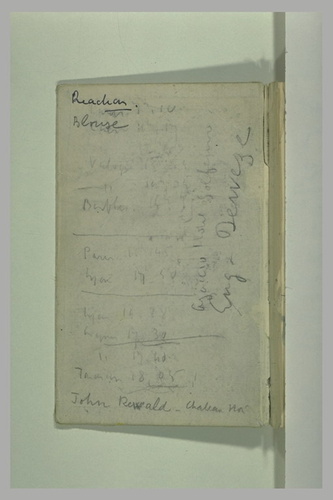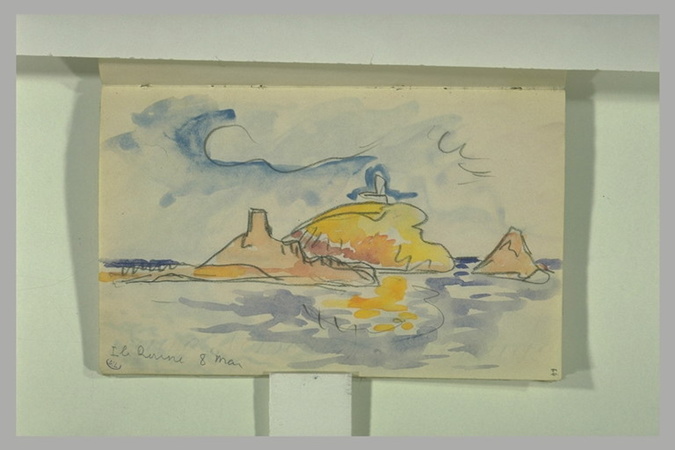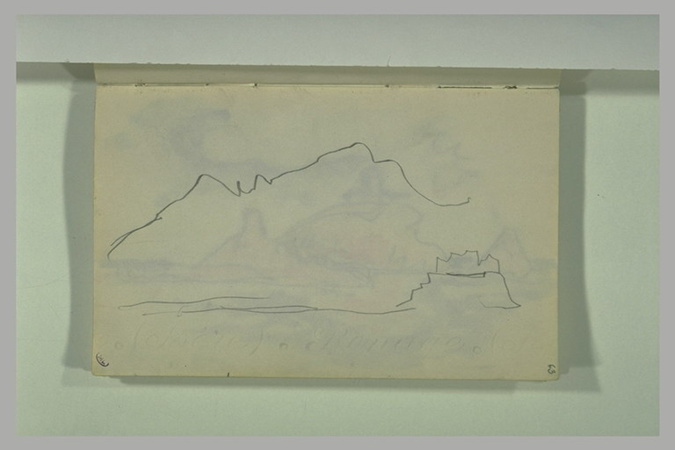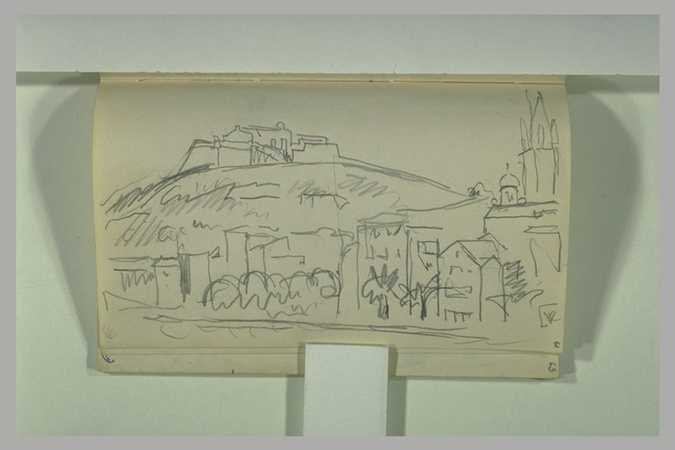-
Salon de la Société des artistes indépendants. 9e exposition
-
Pavillon de la Ville de Paris
-
France,
Paris, 1893, n°1214
-
La Libre Esthétique - 1ère exposition
-
musée royal d'Art moderne
-
Belgique,
Bruxelles, 1894, n°396
-
Paul Signac
-
musée du Louvre
-
France,
Paris, 1963-1964
-
Exposition du Pointillisme
-
National Museum of Western Art
-
Japon,
Tokyo, 1985
-
La peinture française 1870-1920
-
palais des Beaux-Arts
-
Chine,
Pékin, 1985, n°24, repr.
-
La peinture française 1870-1920
-
musée des Beaux-Arts
-
Chine,
Shanghai, 1985, n°24, repr.
-
Signac et Saint-Tropez 1892-1913
-
musée de l'Annonciade
-
France,
Saint-Tropez, 1992
-
Signac et Saint-Tropez 1892-1913
-
musée des Beaux-Arts
-
France,
Reims, 1992
-
1893 : l'Europe des peintres
-
musée d'Orsay
-
France,
Paris, 1993
-
In perfect harmony, picture frame
-
Van Gogh Museum
-
Pays-Bas,
Amsterdam, 1995, n°183
-
In perfect harmony, picture frame
-
Bank Austria Kunstforum
-
Autriche,
Vienne, 1995, n°183
-
La modernité - Collections du musée d'Orsay
-
Metropolitan Art Museum
-
Japon,
Tokyo, 1996
-
La modernité - Collections du musée d'Orsay
-
City museum
-
Japon,
Kobe, 1996
-
Paris in the late 19th century
-
National Gallery of Australia
-
Australie,
Canberra, 1996-1997, p.46
-
Paris in the late 19th century
-
Queensland Art Gallery
-
Australie,
Brisbane, 1997, p.46
-
La Provenza de los pintores
-
Museo del Palacio de Bellas Artes
-
Mexique,
Mexico, 1998, n°22, repr.
-
Aux couleurs de la mer
-
musée d'Orsay
-
France,
Paris, 1999-2000
-
Signac, 1863-1935
-
Galeries nationales du Grand Palais
-
France,
Paris, 2001
-
Paul Signac : meester van het Pointillisme
-
Van Gogh Museum
-
Pays-Bas,
Amsterdam, 2001
-
Signac, 1863-1935
-
Metropolitan Museum of Art
-
Etats-Unis,
New York, 2001
-
De Millet à Bonnard. La création picturale dans les collections du musée d'Orsay (1848-1914)
-
Hangaram Art Museum
-
Corée, République de,
Séoul, 2007
-
Van Gogh, Gauguin, Cézanne & beyond, Post-Impressionism from the Musée d'Orsay
-
National Gallery of Australia
-
Australie,
Canberra, 2009-2010, cat.29, p.122-123
-
Post-impressionnisme - 115 chefs-d'oeuvre de la collection du musée d'Orsay
-
National Art Center
-
Japon,
Tokyo, 2010, cat. n°32, p.70, reprod. p.71
-
Van Gogh, Gauguin, Cézanne & beyond, Post-Impressionism from the Musée d'Orsay
-
M. H. De Young Memorial Museum
-
Etats-Unis,
San Francisco, 2010-2011, cat.29, p.122-123
-
La Rivoluzione dello sguardo. Capolavori impressionisti e post-impressionisti dal Musée d'Orsay
-
Museo d'Arte Moderna e Contemporanea di Trento e Rovereto
-
Italie,
Rovereto, 2011
-
Le Grand Atelier du Midi. De Van Gogh à Bonnard
-
musée des Beaux-Arts
-
France,
Marseille, 2013
-
Neo-Impressionism and the Dream of Realities
-
The Phillips Collection
-
Etats-Unis,
Washington, 2014-2015
-
O triunfo da Cor. O pós-impressionismo: obras-primas do Musée d'Orsay e do Musée de l'Orangerie
-
Centro cultural Banco do Brasil
-
Brésil,
Rio de Janeiro, 2016
-
Signac collectionneur
-
musée d'Orsay
-
France,
Paris, 2021-2022










